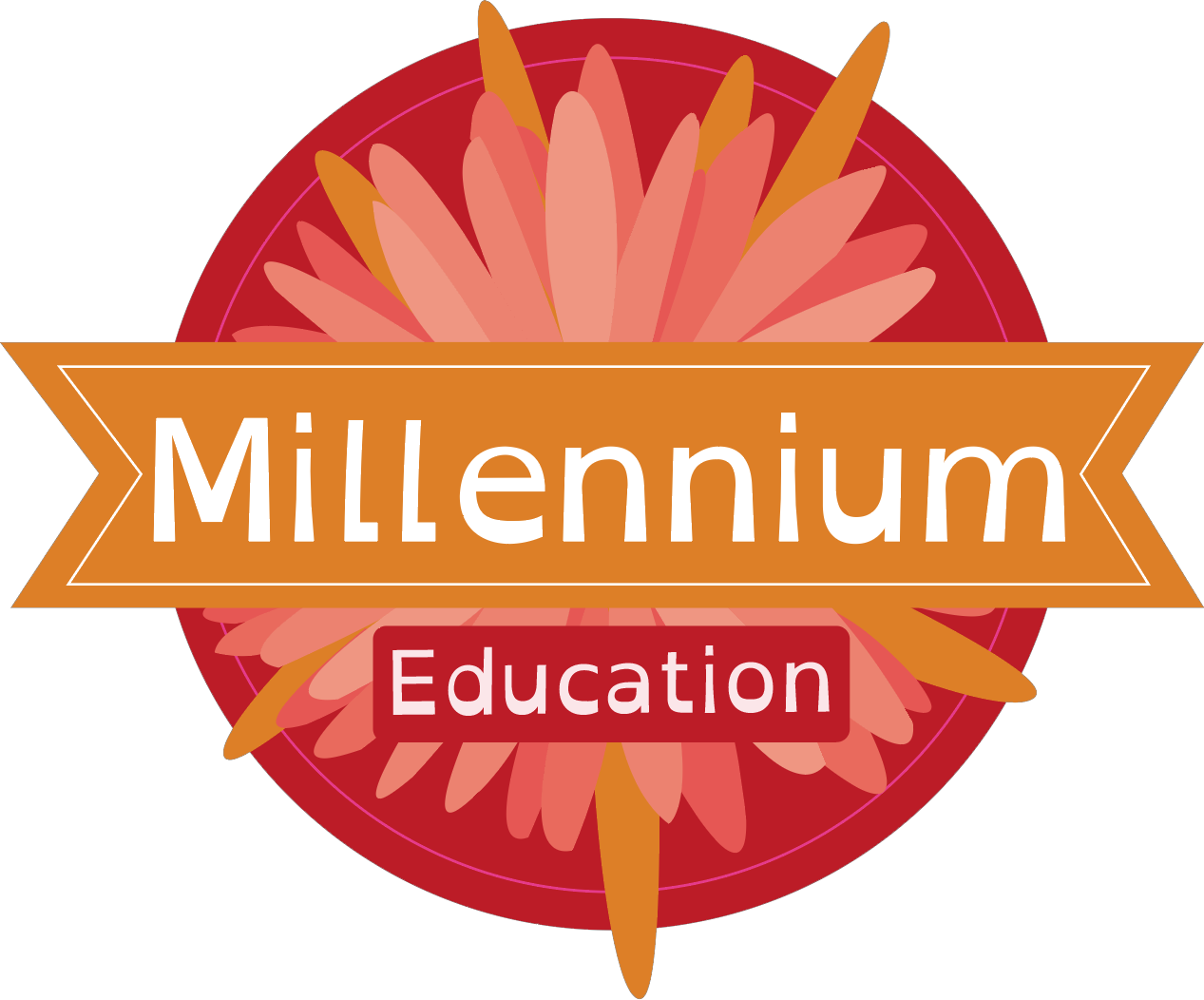EU bathing water quality remains high

Copenhagen, Thursday, 10 June 2010 - Environment Commissioner Janez Potočnik said, ‘Over the last thirty years, EU and national legislation has significantly improved the quality of Europe’s bathing waters but our work does not end here. Despite our decade-long track record of high quality, we need to keep up the effort constantly to both improve and maintain what we have
achieved.’
Professor Jacqueline McGlade, Executive Director of the European Environment Agency, added, ‘Further improvement to Europe’s bathing water quality requires citizen involvement. This means, first and foremost, finding out and understanding the
current state of our environment and then demanding cleaner water from relevant authorities. Our web-based tools provide citizens easy access to environmental information as well as a platform to voice their observations.’
Efforts to improve the quality of bathing waters should be seen in the context of Europe’s efforts to achieve good ecological and environmental status in accordance with the EU Water and Marine Framework Directives.
2009 results confirm a long-term upward trend
Of the 20 000 bathing areas monitored throughout the European Union in 2009, two-thirds were on the coast and the rest were at rivers and lakes. Compliance with mandatory values (minimum quality requirements) at coastal sites increased from 80 % in 1990 to 96 % in 2009. For inland waters, the increase was even greater, rising from 52 % to 90 %.
Between 2008 and 2009 there was a slight deterioration in the number of bathing waters meeting minimum standards, with reductions of less than 1 percentage point (pp) for coastal sites and 3 pps for inland bathing waters. Compliance with the more stringent ‘guide values’ between 2008 and 2009 increased by slightly less than 1 pp for coastal sites to reach 89 % but decreased by less than 3 pps for inland waters to 71 %. Such annual fluctuations are not unusual by the standards of recent years.
Almost all the coastal bathing sites in Cyprus, France, Greece and Portugal complied with the more stringent guide values (1). Only 2 % of EU coastal bathing sites were banned in 2009, mostly in Italy. Although inland bathing sites show greater variation in water quality, a large majority of the inland sites in Finland, France, Germany and Sweden also complied with guide values.
Fourteen Member States monitoring under the new Bathing Water Directive
To determine their quality, bathing waters are tested against a number of physical, chemical and microbiological parameters. Member States must comply with the mandatory values set out in the Bathing Water Directive [1] but may choose instead to adhere to the stricter (non-binding) guide values.
In 2006 a new Bathing Water Directive [2] took effect, which updated the parameters and monitoring provisions in line with the latest scientific knowledge. The new Directive places greater emphasis on providing information to the public on the quality of bathing areas. Member States have until 2015 to implement the new Directive fully but fourteen Member States (Cyprus, Denmark, Estonia, Finland, Germany, Hungary, Latvia, Lithuania, Luxembourg, Malta, the Netherlands, Slovakia, Spain and Sweden) already monitored their bathing areas during the 2009 bathing season according to the new Directive’s requirements.
[1] Directive 76/160/EEC on the quality of bathing water
[2] Directive 2006/7/EC on the management of bathing water quality
CLICK HERE FOR SEE THE INTERACTIVE MAP
achieved.’
Professor Jacqueline McGlade, Executive Director of the European Environment Agency, added, ‘Further improvement to Europe’s bathing water quality requires citizen involvement. This means, first and foremost, finding out and understanding the
current state of our environment and then demanding cleaner water from relevant authorities. Our web-based tools provide citizens easy access to environmental information as well as a platform to voice their observations.’
Efforts to improve the quality of bathing waters should be seen in the context of Europe’s efforts to achieve good ecological and environmental status in accordance with the EU Water and Marine Framework Directives.
2009 results confirm a long-term upward trend
Of the 20 000 bathing areas monitored throughout the European Union in 2009, two-thirds were on the coast and the rest were at rivers and lakes. Compliance with mandatory values (minimum quality requirements) at coastal sites increased from 80 % in 1990 to 96 % in 2009. For inland waters, the increase was even greater, rising from 52 % to 90 %.
Between 2008 and 2009 there was a slight deterioration in the number of bathing waters meeting minimum standards, with reductions of less than 1 percentage point (pp) for coastal sites and 3 pps for inland bathing waters. Compliance with the more stringent ‘guide values’ between 2008 and 2009 increased by slightly less than 1 pp for coastal sites to reach 89 % but decreased by less than 3 pps for inland waters to 71 %. Such annual fluctuations are not unusual by the standards of recent years.
Almost all the coastal bathing sites in Cyprus, France, Greece and Portugal complied with the more stringent guide values (1). Only 2 % of EU coastal bathing sites were banned in 2009, mostly in Italy. Although inland bathing sites show greater variation in water quality, a large majority of the inland sites in Finland, France, Germany and Sweden also complied with guide values.
Fourteen Member States monitoring under the new Bathing Water Directive
To determine their quality, bathing waters are tested against a number of physical, chemical and microbiological parameters. Member States must comply with the mandatory values set out in the Bathing Water Directive [1] but may choose instead to adhere to the stricter (non-binding) guide values.
In 2006 a new Bathing Water Directive [2] took effect, which updated the parameters and monitoring provisions in line with the latest scientific knowledge. The new Directive places greater emphasis on providing information to the public on the quality of bathing areas. Member States have until 2015 to implement the new Directive fully but fourteen Member States (Cyprus, Denmark, Estonia, Finland, Germany, Hungary, Latvia, Lithuania, Luxembourg, Malta, the Netherlands, Slovakia, Spain and Sweden) already monitored their bathing areas during the 2009 bathing season according to the new Directive’s requirements.
[1] Directive 76/160/EEC on the quality of bathing water
[2] Directive 2006/7/EC on the management of bathing water quality
CLICK HERE FOR SEE THE INTERACTIVE MAP










 Les dernières actus du Danemark
Les dernières actus du Danemark









